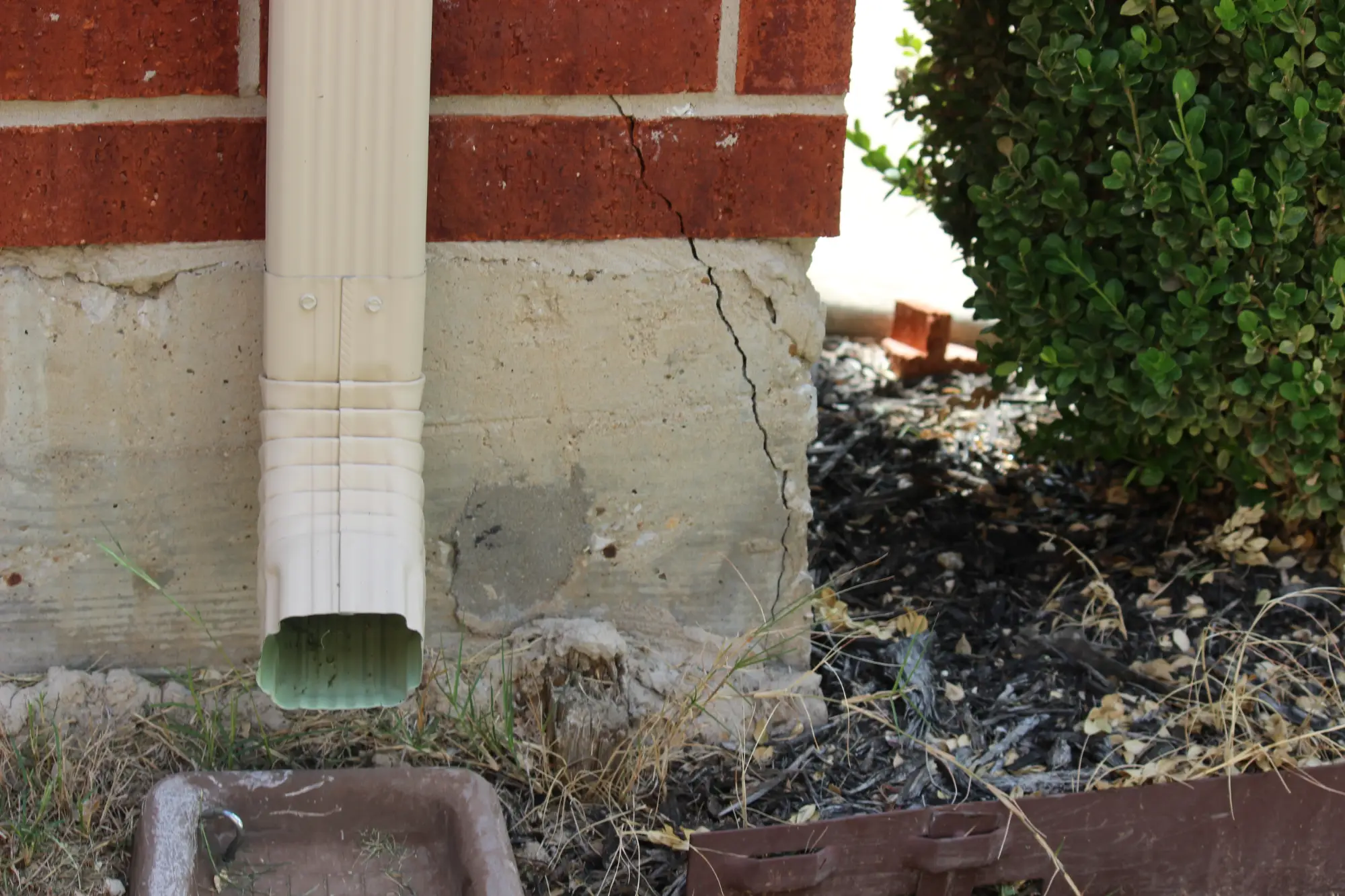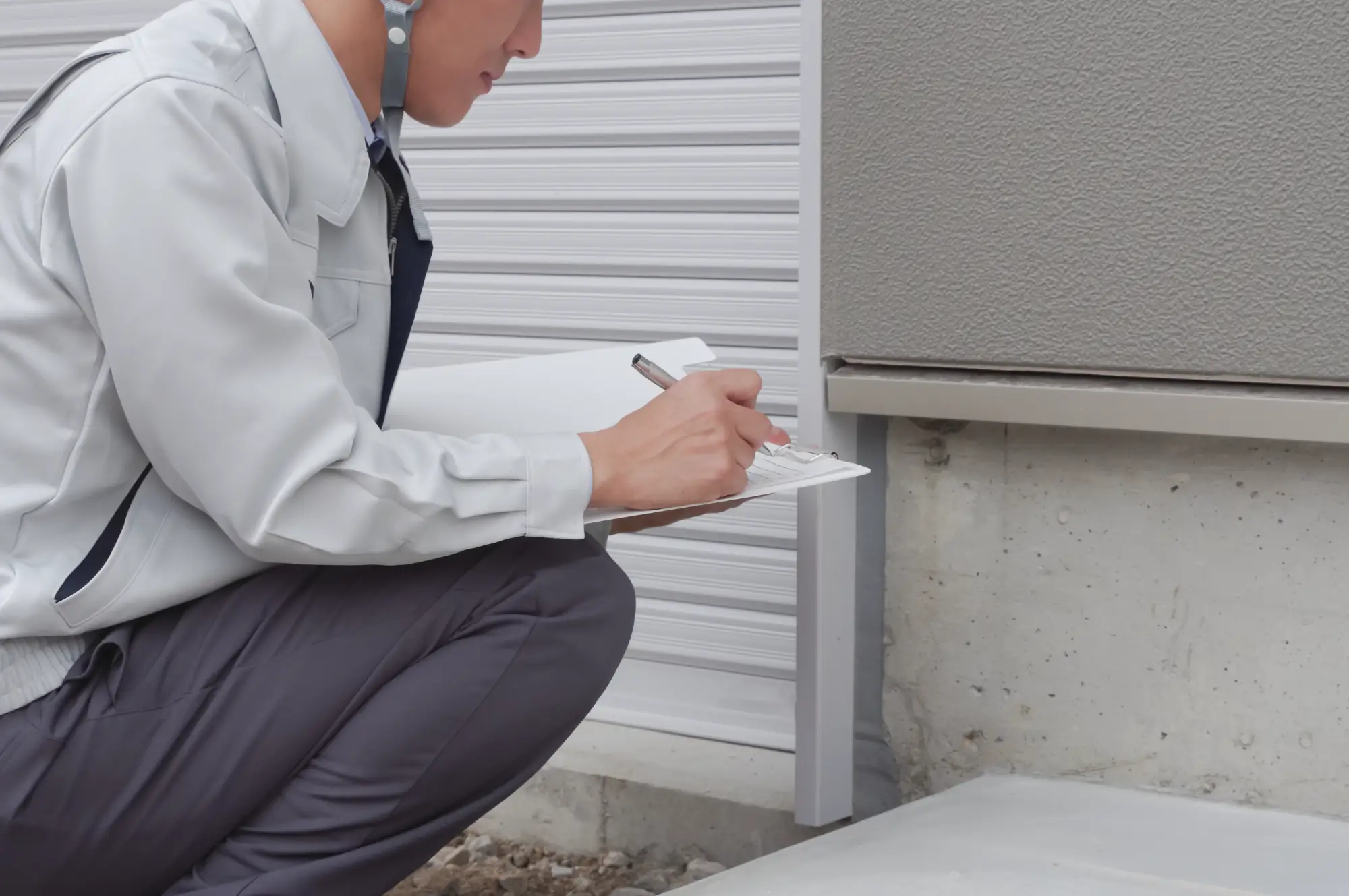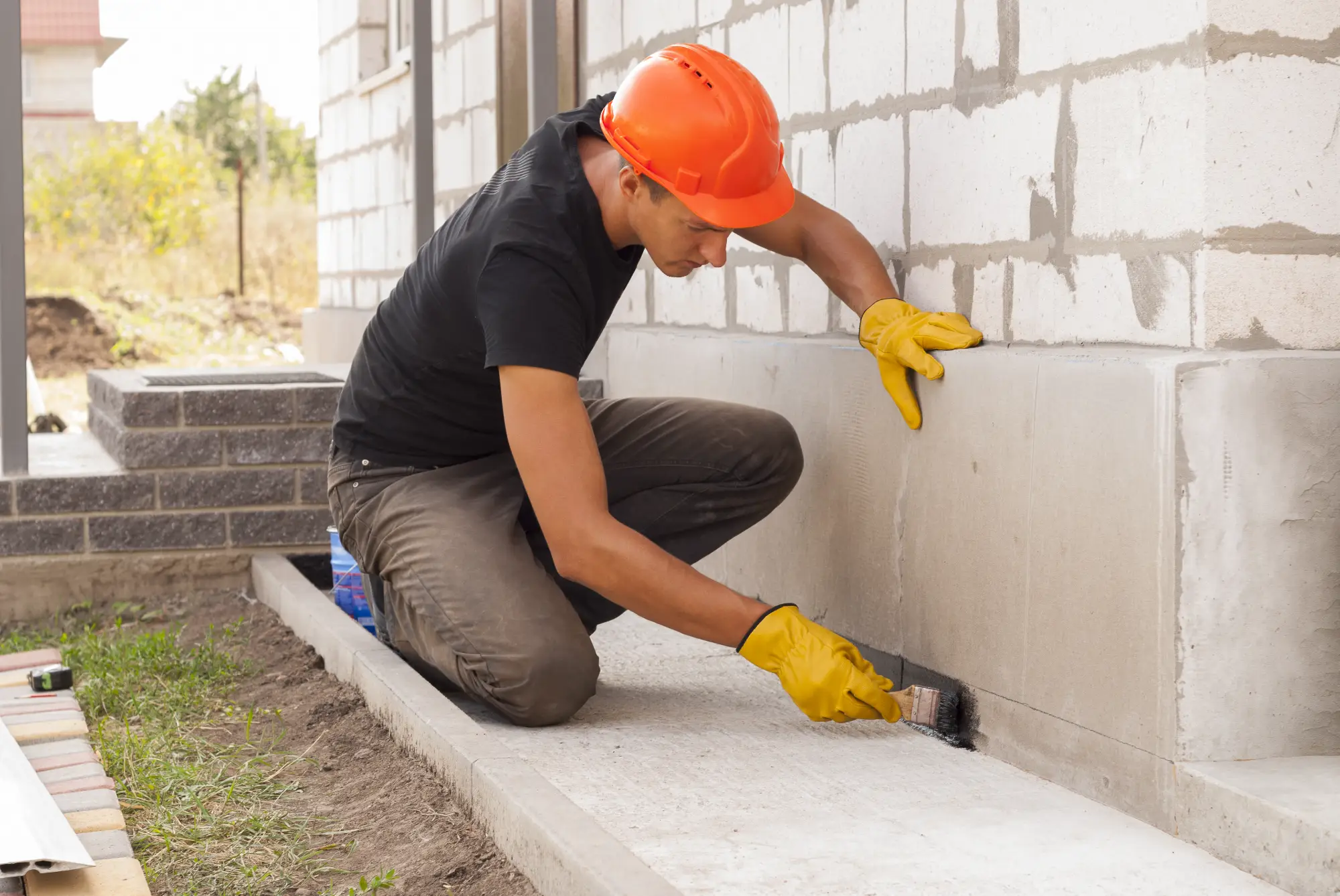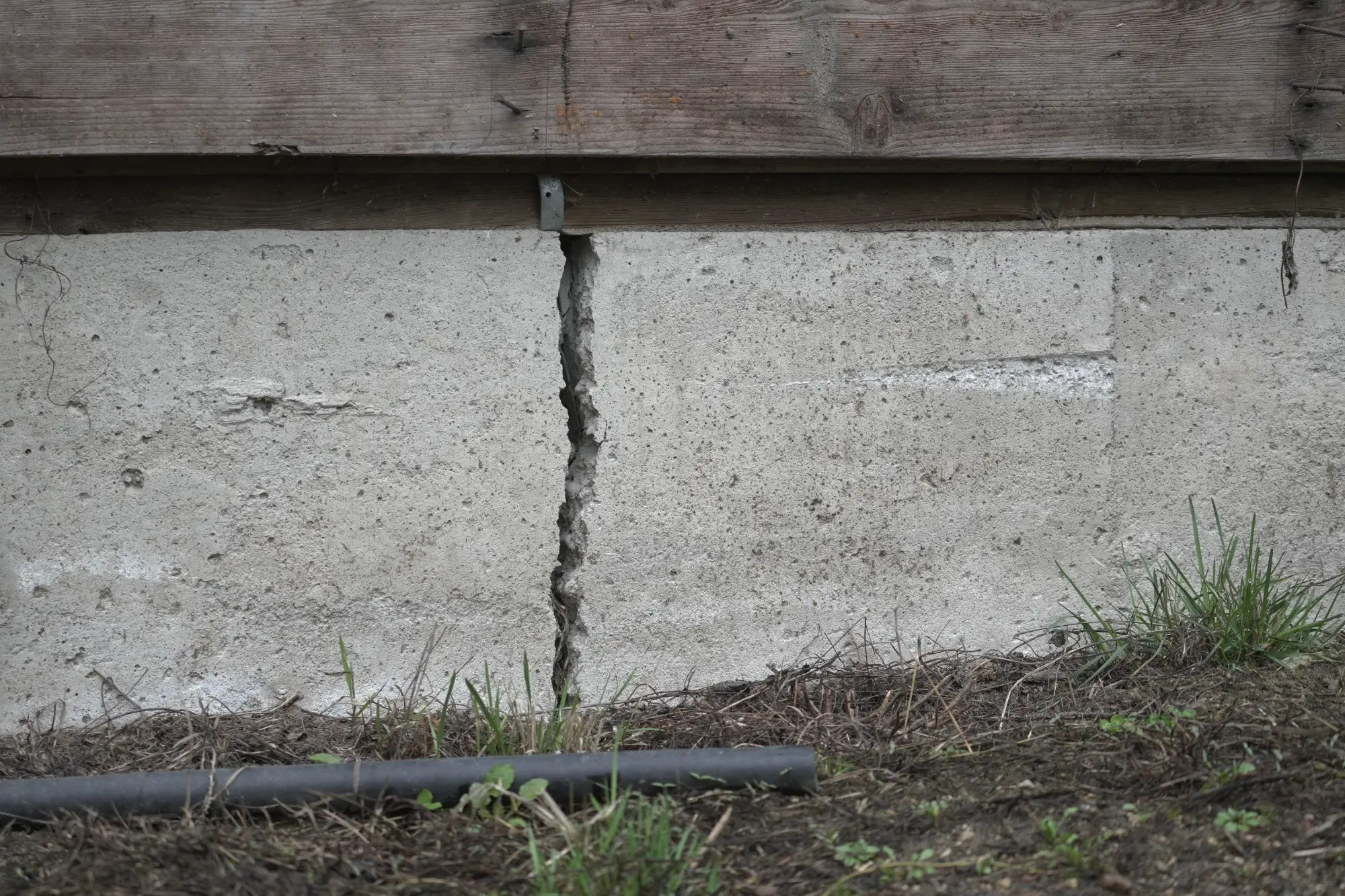Foundation Crack Repair in Old Westbury, NY
Stop Foundation Cracks Before They Spread
Professional crack injection and structural repairs that actually last in Long Island’s challenging soil conditions.

Hear About Us

Professional Foundation Repair Old Westbury
You’re not looking for a temporary patch job. You want the crack sealed permanently so you can stop worrying about water seeping into your basement every time it rains hard.
That’s exactly what happens when foundation cracks get properly repaired with professional-grade injection methods. The constant stress about whether that crack is getting bigger disappears. Your basement stays dry during storms. Your home’s structural integrity gets restored instead of just covered up.
Most importantly, you get honest answers about what actually needs fixing versus what contractors often try to sell you. Not every foundation crack means your house is falling down, but the ones that do need attention require the right approach to prevent bigger problems down the road.
Foundation Repair Contractors Old Westbury
Diamond Masonry & Waterproofing LLC has been handling foundation repairs throughout Nassau County for years. We understand how Long Island’s clay soil shifts with the seasons and what that means for your home’s foundation.
You’re not going to get a high-pressure sales pitch about foundation replacement when crack injection will solve the problem. We’ve seen what works long-term in this area and what doesn’t. Our approach focuses on identifying the actual issue and fixing it right the first time.
We’re licensed, insured, and equipped with professional-grade injection equipment that most contractors don’t invest in because they’re not serious about permanent results.

Foundation Crack Injection Process
First, we assess the crack to determine what’s causing it and whether it’s structural or just settling. Not all cracks are created equal, and the repair method depends on the type and location of the crack.
For active cracks that might still move with seasonal changes, we use flexible polyurethane injection that expands and contracts with your foundation. For stable cracks, we typically use epoxy injection that essentially welds the concrete back together.
The injection process involves drilling small ports along the crack, then injecting the repair material under pressure from the bottom up. This ensures complete penetration and eliminates voids that cause future failures. The material cures to form a waterproof seal that’s often stronger than the surrounding concrete.
We clean up completely and you’re left with a permanently repaired foundation that can handle whatever Long Island weather throws at it.

Ready to get started?
Explore More Services
About Diamond Masonry & Waterproofing
Get a Free Consultation
Basement Wall Crack Repair Services
Every foundation repair starts with a thorough assessment to identify the root cause of cracking. We examine soil conditions around your foundation, drainage patterns, and structural factors that might be contributing to the problem.
The repair itself includes professional crack injection using commercial-grade materials designed for Long Island’s soil conditions. We use the appropriate injection method based on whether the crack is active or dormant, horizontal or vertical, and what’s causing the movement.
You also get waterproofing benefits since properly injected cracks create a permanent moisture barrier. This prevents the freeze-thaw damage that often makes foundation cracks worse over time. We handle both interior and exterior crack repairs depending on accessibility and the specific situation.

How do I know if my foundation crack needs professional repair?
Will crack injection actually stop water from coming through my basement wall?
How long does foundation crack repair last in Long Island's climate?
Should I repair foundation cracks from inside or outside the basement?
What's the difference between epoxy and polyurethane crack injection?
How much does professional foundation crack repair typically cost?
Local Resources
- Google Map Link
- Find the Old Westbury, NY USPS
- Locate Nearby Old Westbury, NY Pharmacies
- View the Current Weather in Old Westbury, NY
- Old Westbury, NY is located in Nassau county in New York State